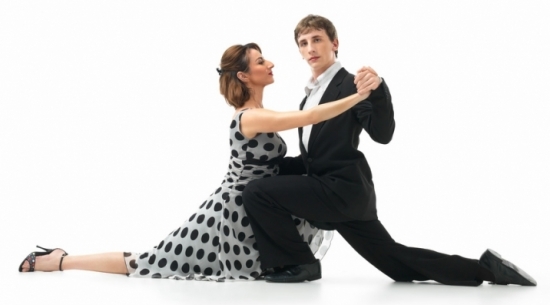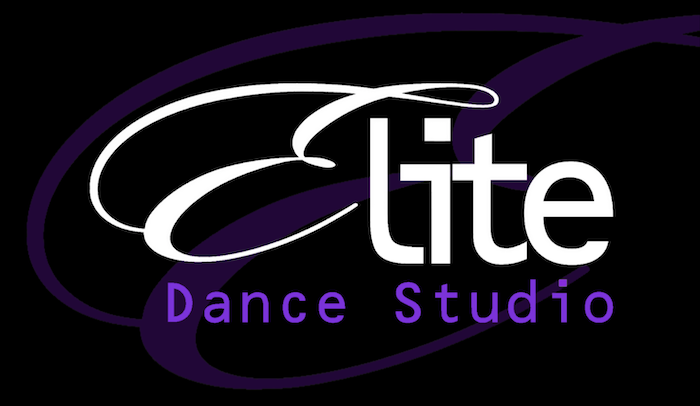Posted by on Jun 3, 2014 in Blogs

What we know now as modern ballroom dance has cultural roots and history reaching all the way back into the 16th and 17th centuries. Ballroom dancing was initially considered scandalous due to its foundation on the “closed hold” position, a description of the body contact between the dance partners. This contact– including but not limited to hand-holding– proved to be too intimate for some, but attitudes eventually relaxed as ballroom dancing became one of the most fashionable activities at royal courts of the era.
While most early ballroom dance would be unrecognizable when compared to modern versions, traditions still persist. Indeed customs of the “closed hold” position, including partner position and direction of movement, may owe their origins to accommodating men who danced while wearing dress sabres. While many dances feature the “closed hold,” much of modern ballroom dance revolves around one in particular: the Waltz.
Earliest evidence of the Waltz resides in descriptions of peasant or lower-class dances where the partners would hold each other closely. Dismissed by social conservatives at first, the Waltz would eventually supplant the minuet as the most prevalent dance at Austrian and English royal courts by the early 19th century. The popularization of the Waltz preceded a flood of new folk and ballroom dances created around the “closed hold” position, such as the polka.
Moving into the 20th century, professional dancers began standardizing popular dance steps in an effort to pass on the dances the greater public. Preceded by the explosion of Jazz and followed by the onscreen fame of dancers such as Ginger Rogers and Fred Astaire, the early half of the 1900s was dominated by a new wave of ballroom dancing that has continued and evolved to this day.
Along with the dancing boom, competitive dancing—also known as Dancesport—began its life at the turn of the 20th century as well. Practiced in dozens of countries, competitive dancing is highly contested, has a passionate following, and requires an Olympic-level of athletic and artistic focus. Modern ballroom dance consists of two widely recognized categories and their respective dances, all regulated by international and national councils. International Standard is made up of Waltz, Tango, Viennese Waltz, Foxtrot, and Quickstep. Meanwhile, International Latin covers Samba, Cha-cha, Rumba, Paso Doble, and Jive.
Interested in learning modern ballroom dance for yourself? Contact Elite Dance Studio today!

